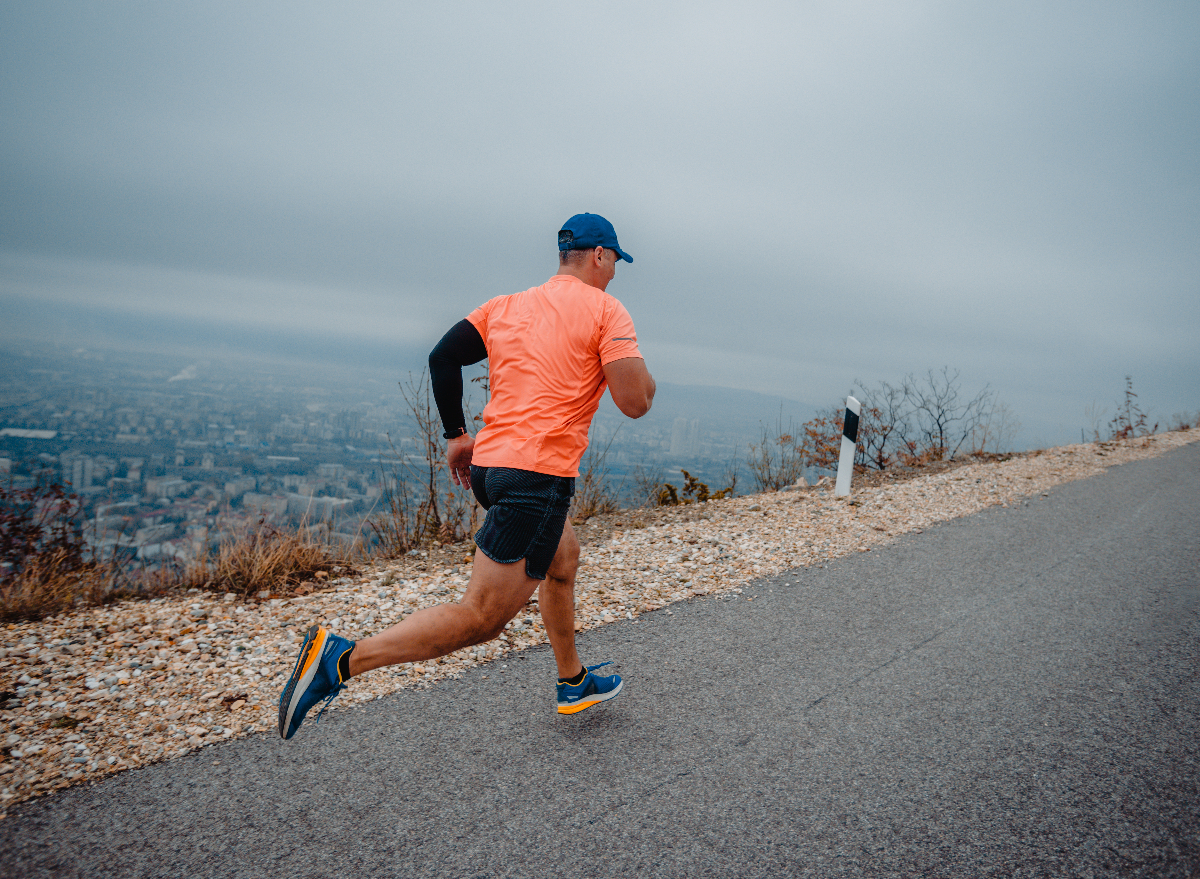The Ultimate Running Strategy Guide: Attain Your Physical Fitness Goals
The Ultimate Running Strategy Guide: Attain Your Physical Fitness Goals
Blog Article
Taking Care Of Typical Running Pains: Reasons, Solutions, and Prevention
As runners, we typically run into numerous discomforts that can prevent our performance and enjoyment of this physical activity. By exploring the root reasons for these running pains, we can uncover targeted solutions and preventive steps to guarantee a smoother and much more fulfilling running experience.
Usual Running Discomfort: Shin Splints
Shin splints, an usual running discomfort, commonly arise from overuse or incorrect footwear during exercise. This problem, clinically called median tibial anxiety syndrome, manifests as pain along the internal side of the shinbone (tibia) and prevails among athletes and runners. The recurring stress and anxiety on the shinbone and the tissues attaching the muscles to the bone brings about swelling and pain. Joggers who rapidly raise the strength or duration of their workouts, or those that have flat feet or improper running strategies, are specifically prone to shin splints.
To prevent shin splints, individuals ought to slowly boost the strength of their exercises, use appropriate footwear with proper arch support, and maintain flexibility and strength in the muscles surrounding the shin (running workout). Additionally, incorporating low-impact activities like swimming or cycling can help maintain cardiovascular fitness while permitting the shins to recover.
Usual Running Discomfort: IT Band Disorder
Along with shin splints, an additional widespread running discomfort that athletes frequently experience is IT Band Syndrome, a problem brought on by swelling of the iliotibial band that leaves the external upper leg and knee. IT Band Syndrome generally manifests as pain outside of the knee, particularly during tasks like running or cycling. The iliotibial band is a thick band of fascia that connects the hip to the shin, and when it comes to be swollen or tight, it can rub versus the upper leg bone, resulting in discomfort and pain.
Runners experiencing IT Band Disorder might discover a painful or aching feeling on the external knee, which can worsen with continued task. Factors such as overuse, muscular tissue discrepancies, inappropriate running form, or insufficient workout can add to the development of this condition.
Usual Running Pain: Plantar Fasciitis

Plantar Fasciitis can be attributed to different aspects such as overtraining, inappropriate shoes, working on tough surface areas, or having high arches or flat feet. visit our website To avoid and minimize Plantar Fasciitis, runners can integrate stretching exercises for the calves and plantar fascia, use helpful footwear, maintain a healthy weight to decrease stress on the feet, and slowly enhance running intensity to avoid sudden stress on the plantar fascia. If symptoms linger, it is advised to consult a healthcare professional for correct medical diagnosis and therapy choices to deal with the condition effectively.
Usual Running Discomfort: Runner's Knee
After resolving the challenges of Plantar Fasciitis, another widespread problem that runners frequently face is Jogger's Knee, a typical running pain that can impede athletic performance and create pain during physical task. Jogger's Knee, likewise known as patellofemoral discomfort syndrome, manifests as discomfort around or behind the kneecap. This problem is typically credited to overuse, muscular tissue discrepancies, improper running strategies, or issues with the alignment of the kneecap. Joggers experiencing this pain might really feel a dull, hurting pain while running, increasing or down stairs, or after long term periods of resting. To stop Jogger's Knee, it is vital to incorporate correct warm-up and cool-down regimens, preserve solid and balanced leg muscular tissues, wear ideal footwear, and progressively increase running intensity. If signs and symptoms continue, inquiring from a medical care professional or a sporting activities medicine expert is advised to diagnose the underlying reason and develop a tailored therapy plan to ease the discomfort and avoid more complications.
Typical Running Discomfort: Achilles Tendonitis
Commonly afflicting runners, Achilles Tendonitis is an agonizing problem that influences the Achilles tendon, causing discomfort and potential restrictions in exercise. The Achilles tendon is a thick band of tissue that links the calf bone muscle mass to the heel bone, vital for tasks like running, leaping, and strolling - see here. Achilles Tendonitis often develops because of overuse, inappropriate shoes, poor stretching, or abrupt rises in physical task
Signs of Achilles Tendonitis consist of pain and stiffness along the ligament, particularly in the morning or after periods of lack of exercise, swelling that aggravates with activity, and possibly bone stimulates in chronic instances. To protect against Achilles Tendonitis, it is essential to extend appropriately previously and after running, wear ideal footwear with proper assistance, slowly increase the intensity of exercise, and cross-train to minimize repetitive stress on the ligament.
Conclusion

Report this page